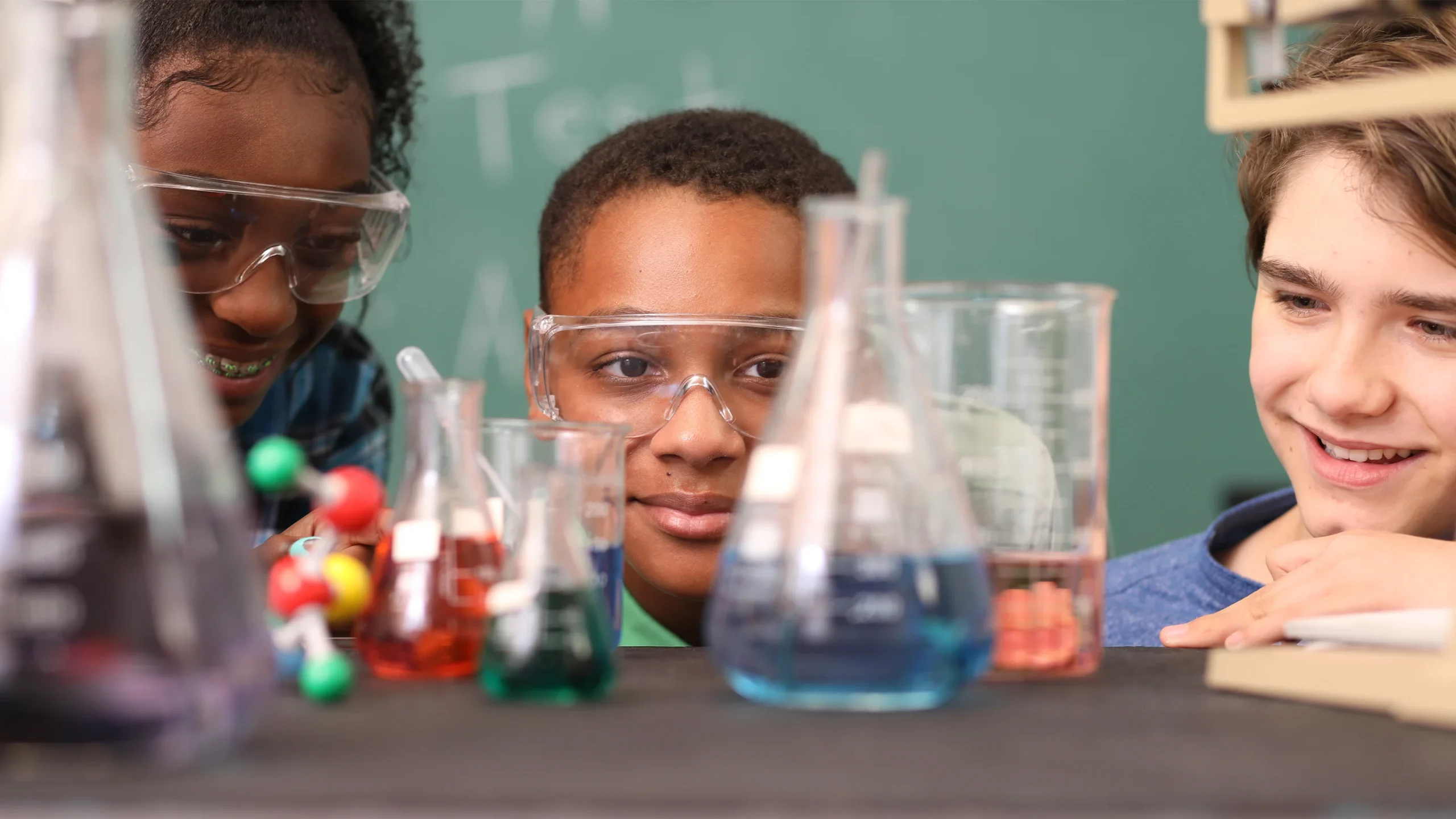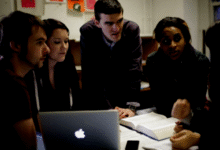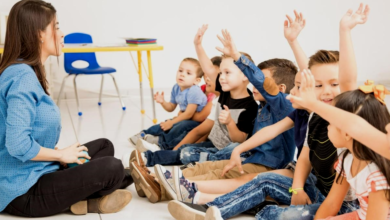5 Ways to Make Your Science Classroom More Culturally Responsive

When students see how scientific discovery is relevant to their lives, it has a greater impact on them.
Whether I’m facilitating preservice teacher education or working with a group of experienced educators, I find that when the professional development topic is culturally responsive and relevant pedagogy, teachers understand why. They understand that creating inclusive, respectful classrooms that are responsive to students’ intersectional identities fosters a learning environment that supports the academic success of all learners. However, teachers struggle with the how.
To make professional learning relevant and meaningful, I try to include many tangible, practical examples to give teachers a place to start. I understand that teachers are at various stages of their learning journey, and any resources or tools I can share will help and encourage them to keep going.
Read More: What is Discovery Education? Tips & Tricks
There are numerous ways to ensure that our science classrooms are culturally responsive and relevant. It all begins with a thorough understanding of our students’ cultural backgrounds, lived experiences, and interests. Consider implementing the five suggestions below.
1. ENCOURAGE STUDENTS TO EXPLORE THEIR OWN CULTURAL IDENTITIES
When researching evolution topics, I’ve asked students to consider their own cultural heritage and how their forefathers may have adapted to changing environmental conditions. This encourages discussions about structural and behavioral adaptations.
Students in my class researched human adaptations to hot or cold climates, such as metabolic rate or sweat production, and made connections to cultural adaptations such as clothing design and technological development. My students from tropical climates were eager to learn about how their forefathers adapted to the warm, humid climates, making the learning relevant and meaningful to them.
Food is another way I’ve had students explore their cultural identities. Every culture has its own distinct culinary traditions that are founded on scientific principles. Food chemistry is an interesting entry point into chemical reactions in my classroom. My students conducted interviews with family members, relatives, or friends to learn about food preservation, fermentation, and other cooking methods. Students conducted additional research to explain the chemical processes that occurred as well as the efficacy of the specific food preparation method.
2. INCORPORATE DIVERSE PERSPECTIVES AND EXPERIENCES INTO LEARNING
The perspectives of First Nations, Metis, and Inuit communities are authentically incorporated into lessons about sustainable ecosystems. We’ve asked community leaders and elders to talk about how their traditional knowledge and practices have helped them understand and adapt to changing environmental conditions.
I teach my students the Two-Eyed Seeing approach, which involves seeing Indigenous ways of knowing with one eye and Western knowledge with the other, and then using both eyes in harmony, as introduced by Mi’kmaw Elder Albert Marshall. We look at case studies, such as the Avon River watershed monitoring projects, to see how this approach allows us to develop a more comprehensive understanding of the environment.
When we’re studying human body systems, I encourage my students to look into traditional healing practices and remedies from different cultures (such as Chinese traditional medicine or Ayurvedic medicine). This sparks a lively debate about how different cultural beliefs and practices have influenced our understanding of anatomy and physiology. Moving away from Eurocentric science education requires us to recognize and value the global historical contributions to our current understanding of science.
3. FACILITATE STUDENT-LED INQUIRY AND EXPERIENTIAL LEARNING
When students are given the opportunity to design and conduct their own experiments and investigations, they are free to pursue their own interests and passions, making learning more relevant and meaningful.
For example, in physics, my students investigated sound and energy concepts by learning about musical instruments from various cultures and how they use sound principles to create music. Students used engineering design to create and test their own musical instruments.
They investigated how and why manipulating certain aspects of the instrument’s design (the length of a woodwind instrument, the tension on strings, the material of a drum) impacted the sound it produced. This low-floor, high-ceiling task can be used in elementary-level science and adapted to align with high-school physics standards.
4. SELECT CULTURALLY RESPONSIVE AND RELEVANT MATERIALS
I’ve discovered that read-aloud are an effective way for students to learn about different points of view. When teaching about the water cycle, for example, I showed Carole Lindstrom’s work We Are Water Protectors, which highlights the experiences and perspectives of a young Ojibwe girl. We’ve also looked into the cultural beliefs and practices surrounding water conservation and management in various communities around the world.
We read Sophia Gholz’s The Boy Who Grew a Forest as part of our study of sustainable ecosystems. This is a true story about Jadav Payeng, a young boy who saw the destructive effects of erosion and deforestation on his island home in India’s Brahmaputra River and decided to build a forest from the ground up. The story sparked meaningful discussions about the impact of deforestation and how communities around the world are responding to this reality, as well as how we can learn from their understanding and knowledge of the land to adopt sustainable practices.
5. PROVIDING POSITIVE ROLE MODELS FOR STUDENTS
We actively counter stereotypes in science by sharing lesser-known science stories, such as those of Indigenous inventor Olivia Poole and Chinese American physicist Chien-Shiung Wu, and we give students the opportunity to see that the quest to understand the world around us is a human endeavor. While these historical figures are undoubtedly important role models for our students, seeing and hearing from contemporary scientists is especially powerful.
I’ve invited members of the community from various cultural backgrounds to speak about their careers and experiences in my science classes. We used to have a monthly “STEM Talks” series where people from STEM-related fields came in to speak with my students about their day-to-day work, academic experiences, challenges, and victories. Students develop a sense of belonging when they see themselves, their identities, and their lived experiences reflected in role models with whom they can interact in real life. They can be it if they can see it.
Making our classrooms culturally responsive and relevant does not stop with displaying posters of diverse scientists on the walls. It’s a pledge to make sure that every child feels seen and represented in the curriculum they’re studying. These are just a few examples of how teachers can make science learning culturally responsive and relevant, but they are only a drop in the bucket of options that can be tailored to the specific needs and interests of the students in front of you.








One Comment